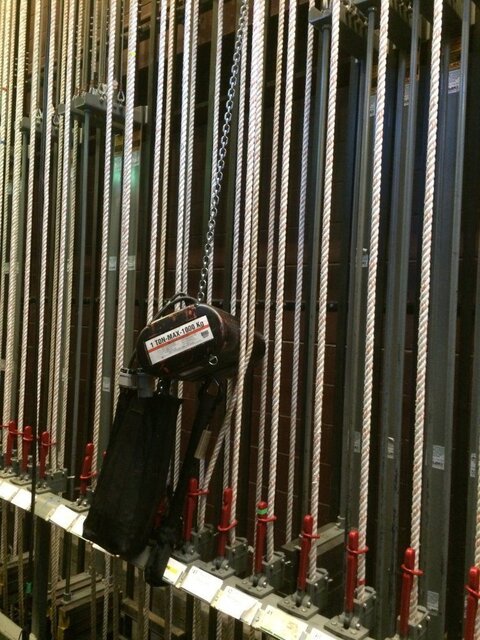Hi All,
I have seen a practice done quite often and I wanted to know if it were standard/acceptable.
Heavy scenery is loaded onto a batten on the ground of a single-purchase counterweight fly system. It is then hoisted up using a chain motor tied off to the fly rail, then hooked onto the empty arbor to drag the arbor in, hoisting it up. The chain motor is left there for the run of the show, holding the weight in place.
Is such practice acceptable??
Thanks.
I have seen a practice done quite often and I wanted to know if it were standard/acceptable.
Heavy scenery is loaded onto a batten on the ground of a single-purchase counterweight fly system. It is then hoisted up using a chain motor tied off to the fly rail, then hooked onto the empty arbor to drag the arbor in, hoisting it up. The chain motor is left there for the run of the show, holding the weight in place.
Is such practice acceptable??
Thanks.



